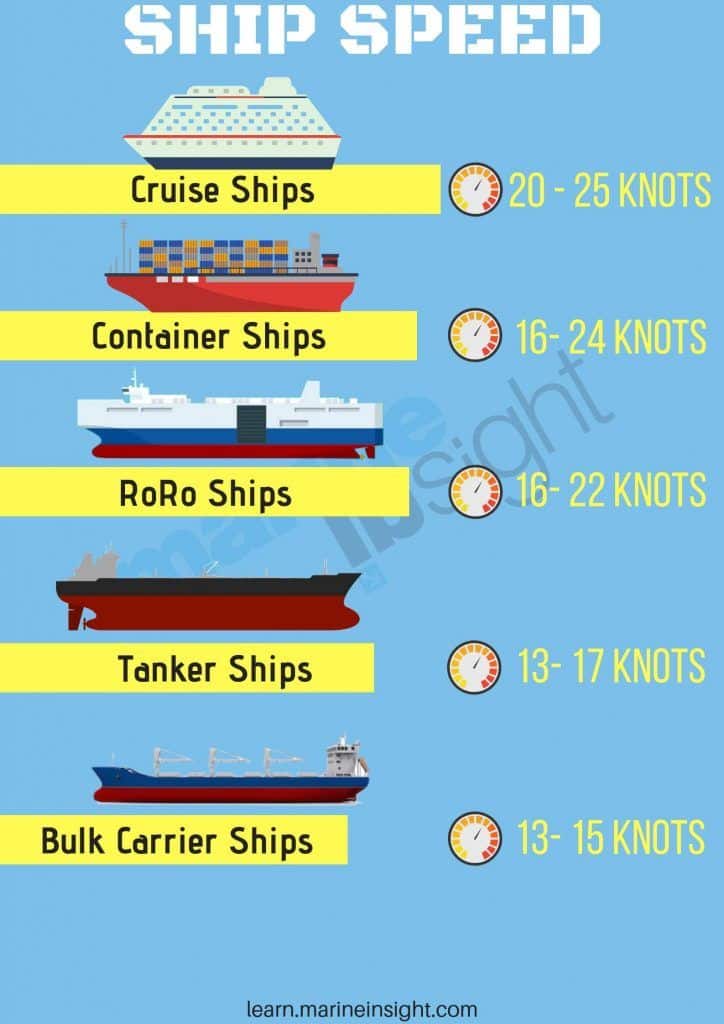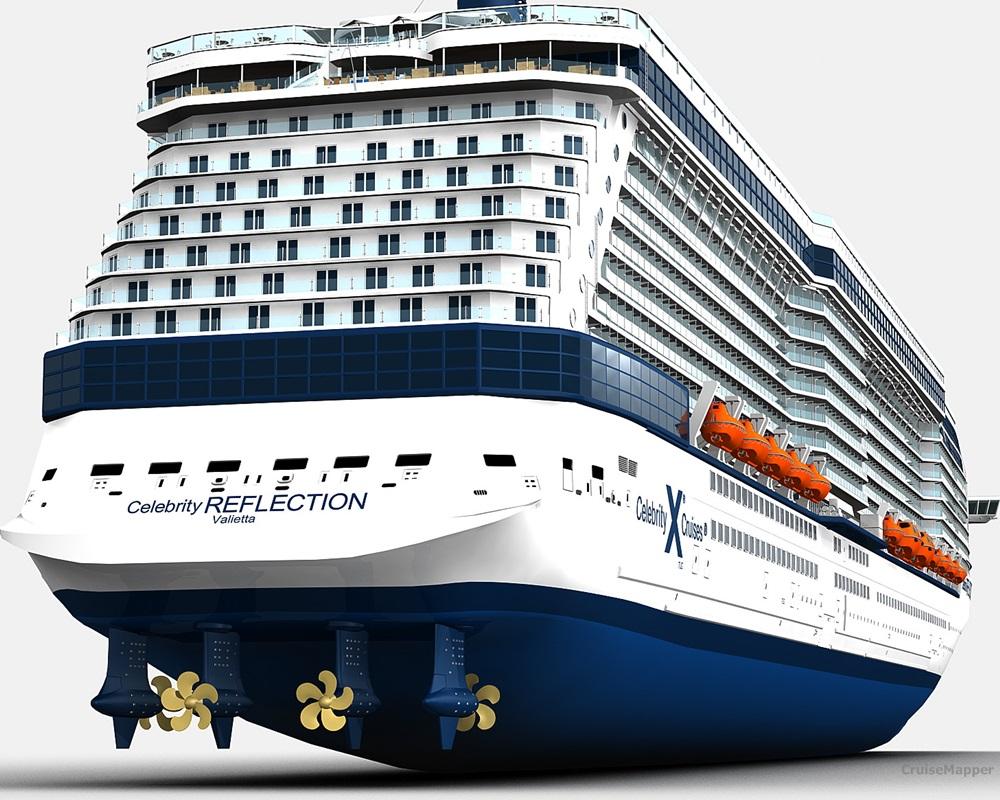Table Of Content

Diesel engines are known for their high efficiency in converting fuel energy into mechanical energy. By utilizing diesel engines solely for the purpose of generating electricity, cruise ships can optimize the operation of the engines and achieve better fuel consumption rates. This translates to longer cruising ranges and reduced fuel costs for the ship operators. Aside from those Cunard’s vessels, many modern cruise ships reach top speeds that are similar to or slightly faster than 25 knots for Harmony of the Seas. While cruise ships have the potential to reach higher speeds, they usually operate at their average cruising speed for efficiency and passenger comfort. So, sit back, relax, and enjoy the journey as your cruise ship glides through the waters at a comfortable and leisurely pace.
Understanding Ship Speed
However, this is just an average and can vary depending on various factors. The use of electric motors connected to the propellers provides precise control over the ship’s propulsion. The electric motors can be easily controlled to adjust the speed and direction of the propellers, enabling better maneuverability and navigation in various weather conditions. Cruise ships equipped with diesel-electric propulsion systems have enhanced stability and control, allowing for smoother sailing and easier docking and maneuvering in ports.
How fast do cruise ships go: Unraveling the Speed Secrets of Cruise Ships

As cruise ships move through the water, they create waves that interact with the hull. Efficient hydrodynamic design aims to minimize the energy lost through these interactions, reducing wave resistance and improving fuel efficiency. Advanced modeling and simulation techniques are used to predict and optimize wave patterns, allowing for the development of hull designs that minimize wave-making resistance. Hydrodynamics is a fundamental aspect of cruise ship design that focuses on the study of how ships interact with water. By understanding the principles of hydrodynamics, engineers can optimize the shape, size, and features of the hull to enhance the performance and efficiency of cruise ships. Let’s delve into the importance of hydrodynamics in cruise ship design and how it impacts various aspects of their operation.
Cruising Speed vs. Top Speed
Royal Caribbean will move Wonder of the Seas to offer short cruises and add a second ship to Los Angeles in 2025-2026 - Royal Caribbean Blog
Royal Caribbean will move Wonder of the Seas to offer short cruises and add a second ship to Los Angeles in 2025-2026.
Posted: Wed, 28 Feb 2024 08:00:00 GMT [source]
Even when traveling at 24 knots, you barely feel the ship is even moving. In summary, thrusters are vital components of cruise ship propulsion systems, offering enhanced maneuverability, dynamic positioning, and increased safety. They enable ships to move sideways, rotate, and execute precision maneuvers in tight spaces. In summary, tugboat assistance plays a crucial role in the navigation of large cruise ships, providing additional power, control, and guidance.
Why do cruise ships travel at a slower speed?
The ship is tested in sea conditions to determine its performance and safety. But this can change based on the size, age, and sea conditions of the ship. A nautical mile is equivalent to 1.852 kilometers and is a little bit longer than a standard mile. Larger ships are becoming more efficient due to modern engineering and technical breakthroughs, which also makes them more economical to operate and environmentally beneficial. The spacecraft can travel as fast as it can, but because it uses a lot of fuel, it is rarely used.
What is the Difference Between Top Speed and Cruising Speed?
Other notable cruise ships include Royal Caribbean International’s Quantum class of ships which features a maximum speed of 22 knots. These ships also come equipped with four massive thrusters located along the sides of the hull. Each thruster generates up to 5,200hp of thrust allowing the vessel to reach speeds over 25 knots.
How to Convert the Cruise Ship Speed Knot
Unless they are running late, they usually don’t move at their fastest speed. Cruise ships normally reach speeds of about twenty knots or twenty-three miles per hour. Before the ship is put into operation, sea trials are when cruise ships often reach their top speed. These factors can have a significant impact on a ship’s ability to navigate and use fuel effectively because knots can quantify speed concerning wind and current in the ocean.
The importance of speed in cruise ship travel cannot be understated. It directly impacts fuel efficiency, passenger comfort, and itinerary planning, all of which contribute to a memorable and enjoyable vacation experience for cruise ship passengers. As cruise ship technology continues to evolve, we can expect further advancements in propulsion systems, from more efficient and sustainable fuel sources to novel design concepts. Furthermore, the use of thrusters reduces the reliance on tugboat assistance in certain scenarios.
Its origins are far more literal, according to the United States' National Ocean Service. "The real objective is to go 18 or 19 knots much more efficiently, (and) the thing that makes it able to do that also makes it faster." A GPS receiver measures the position of the ship every few seconds. From this information, the computer calculates the ship’s velocity. If the ship has been stationary for more than five minutes, its speed is calculated from the last known location. Otherwise, the computer uses data collected during previous trips to estimate the ship’s current speed.
Captains will also adjust the cruise ship speed for passengers to enjoy a specific landmark or scenery. For example, while sailing through Alaska, you might find the ship sailing much slower than normal during the Inside Passage. Thunderstorms and rough seas can appear out of nowhere, especially in tropical locales. Hurricane season can also have an impact on cruise ship speed and travel itineraries.
To say they are floating hotels is 100% accurate, but it actually undersells their ridiculous size. Essentially, every improvement means cruise ships can go faster with the same fuel use or the same speed with less energy. When you have ships like the Oasis of the Seas, which is 9 times larger at 225,282 tons, traveling at speeds of 20.2 knots or 23 mph, it really is astounding. Faster cruise ships consume more fuel, leading to increased air pollution and greenhouse gas emissions. High-speed travel can also cause noise pollution and disturbance to marine life.
The increased power output allows for improved cruising efficiency and reduced travel times. Understanding the factors that affect the speed of cruise ships is essential for planning your next cruise vacation. Modern cruise ships rarely reach their top speed, except in specific situations such as avoiding bad weather or during sea trials. The maximum speed of a cruise ship is usually around 22 to 27 knots, roughly 25 to 31 miles per hour. It’s important to note that these numbers may vary depending on the specific ship and its design.
If you're traveling on a ship, you may be curious to know the answer to, "how fast do cruise ships go?" Our guide provides the answer. If you’ve ever sipped a beverage on a sun-kissed deck, you’ve probably wondered, “How fast does a cruise ship go? ” It can’t be denied that a lot of concepts surrounding cruise ships can both excite and intrigue many of us. But let’s get real, the romance of the high seas and the unlimited buffet isn’t our only curiosity.
Using lower-grade diesel, the powerful engines that power these boats are not as efficient as diesel used in cars and trucks. By counting the knots that passed over the bow within a certain time, sailors measured the ship’s speed. For example, a ship traveling at 10 knots was said to go 10 nautical miles in an hour. A cruise ship travels at about 20 knots, or 23 miles per hour, on average. On a cruise ship, however, even modest gains in productivity can have a big impact.
Because nautical miles are more accurate for calculating distances at sea and are based on the circumference of the earth, ships utilize them. A few factors that may affect the speed are the ship’s size and type, the weather, and the distance to the next port of call. In order to achieve her higher-than-average speeds, Queen Mary 2 uses an integrated electric propulsion system as opposed to the common diesel-electric setup used on many ships. If you’ve ever marveled at the sheer size and majesty of a cruise ship, you may have found yourself wondering just how fast these floating behemoths can go. In this article, we will dive into the fascinating world of cruise ship travel and explore the question of how fast these vessels can actually go. A racing sailboat can reach up to 15 knots, but a regular sailboat moves at much slower speeds, usually only 4 to 6 knots.
Typically, the Azipods all point in the same direction, towards the ship’s stern, which propels the ship forward. However, captains can adjust the amount of thrust and the direction of each pod, allowing the vessel to turn or even travel in reverse. Cruise ships typically have bow thrusters that sit along the ship’s bow and are essentially locked in position. What started as a yearly vacation with family quickly turned into a passion for travel, cruising and adventure.


No comments:
Post a Comment